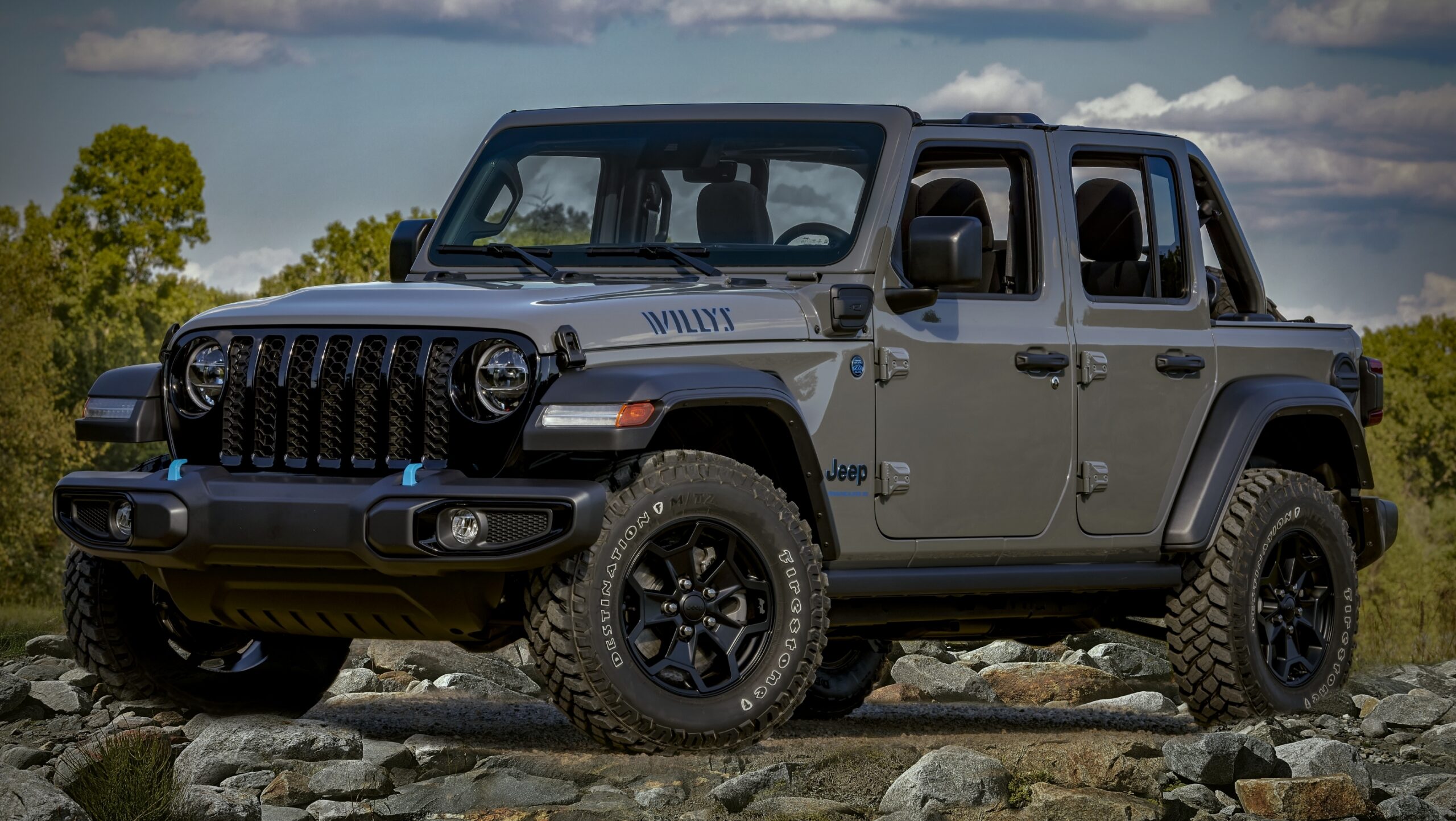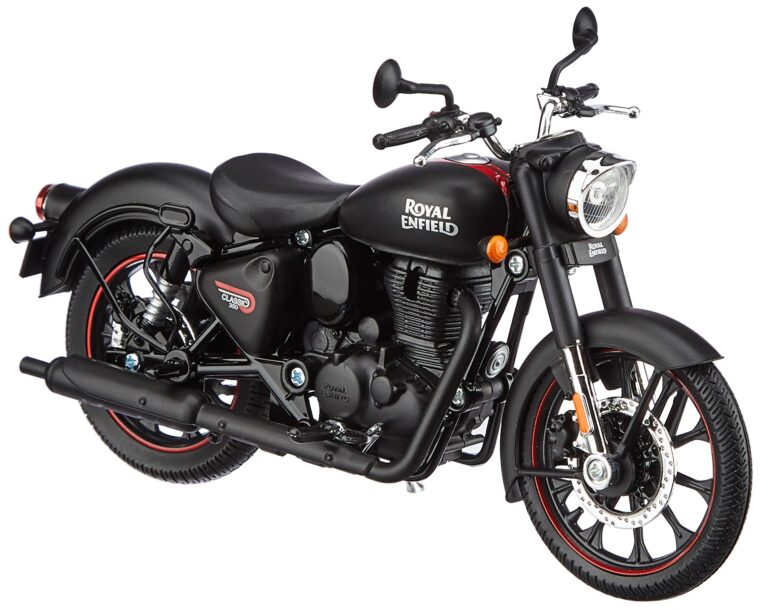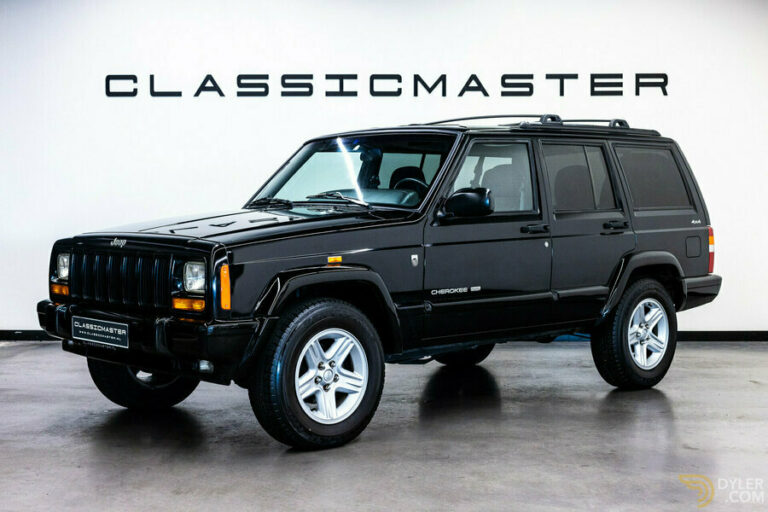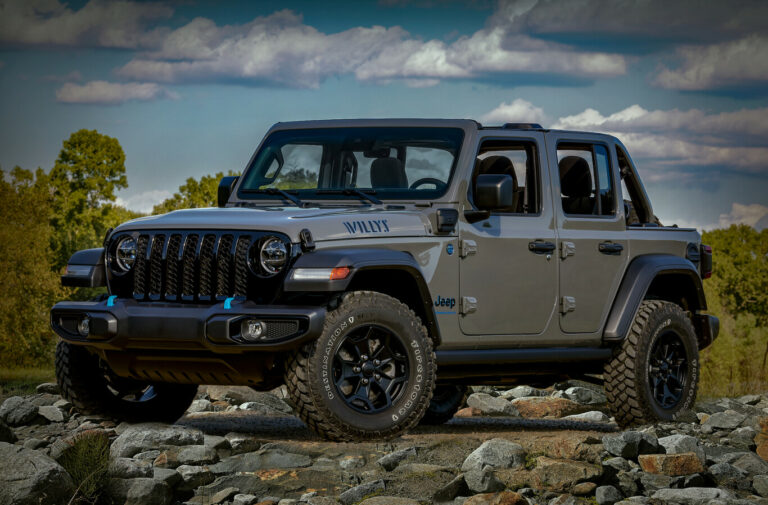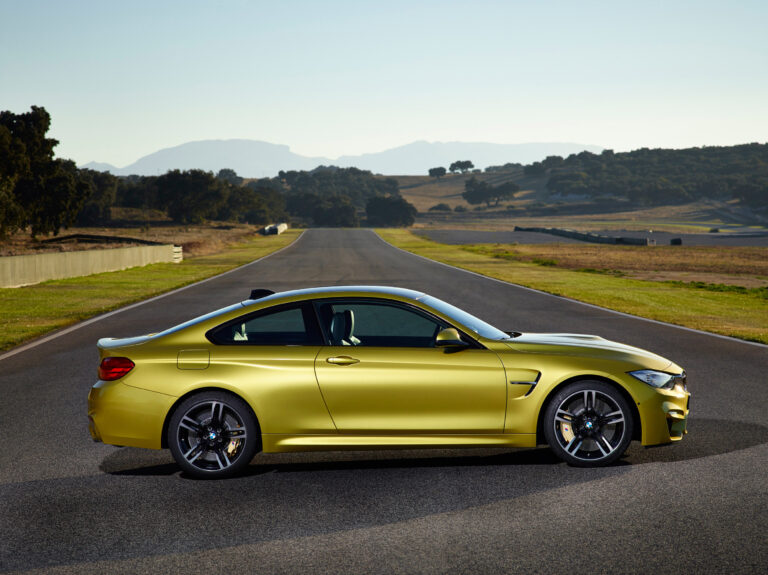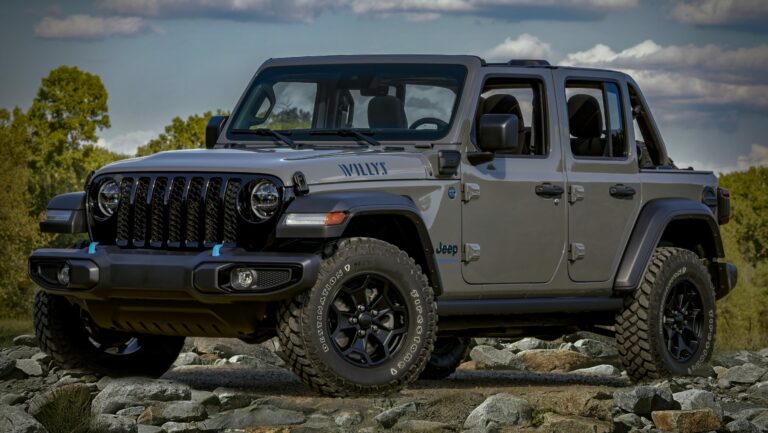Jeep Wrangler Frame For Sale: Your Ultimate Guide to Finding, Inspecting, and Utilizing a Bare Chassis
Jeep Wrangler Frame For Sale: Your Ultimate Guide to Finding, Inspecting, and Utilizing a Bare Chassis jeeps.truckstrend.com
The Jeep Wrangler, an icon of off-road prowess and open-air freedom, is more than just a vehicle; it’s a lifestyle. At its very core, providing the structural integrity, mounting points for every component, and the foundation for its legendary capability, lies the frame. For many Jeep enthusiasts, the concept of a "Jeep Wrangler Frame For Sale" isn’t just about a spare part; it represents a world of possibilities – from meticulous restorations of classic models to ambitious custom builds, or simply the pragmatic solution to a severely rusted or damaged chassis.
This comprehensive guide delves deep into the world of standalone Jeep Wrangler frames. We’ll explore why one might seek out a bare chassis, navigate the complexities of different generations, provide crucial advice on inspection, and offer insights into the challenging yet rewarding process of a frame swap. Whether you’re a seasoned builder or a curious newcomer, understanding the nuances of a Jeep Wrangler frame for sale is the first step towards realizing your automotive vision.
Jeep Wrangler Frame For Sale: Your Ultimate Guide to Finding, Inspecting, and Utilizing a Bare Chassis
Why Seek a Standalone Jeep Wrangler Frame?
The decision to purchase a bare Jeep Wrangler frame is rarely a casual one. It typically arises from specific needs or ambitious projects, each demanding a robust and reliable foundation.
- Restoration Projects: For owners of classic CJ Jeeps or early YJ/TJ Wranglers battling the inevitable march of time and rust, a new or good-condition used frame can breathe new life into a beloved vehicle. Frame rust, especially in areas exposed to road salt or high humidity, can compromise safety and structural integrity beyond simple repair.
- Repairing Severe Damage: Accidents or off-road mishaps can twist, bend, or crack a frame, rendering the vehicle unsafe or uneconomical to repair. A replacement frame offers a viable path to restoring the Jeep to its former glory without scrapping the entire vehicle.
- Custom Builds and Modifications: The bare frame is the ultimate canvas for customizers. Builders might seek a frame to stretch it for a longer wheelbase (e.g., creating an LJ Unlimited from a TJ), prepare it for a V8 engine swap, or build a highly specialized rock crawler from the ground up, designing every aspect of the suspension and drivetrain around the new chassis.
- Salvage Title Vehicles: Sometimes, a Jeep with a salvage title might have a perfectly good body and components but a compromised frame. Acquiring a clean frame allows for a complete rebuild, potentially saving a vehicle from the junkyard.
- Proactive Replacement for Longevity: In some cases, owners in rust-prone regions might opt to replace a moderately rusted frame before it becomes a critical issue, ensuring the long-term viability of their vehicle.

Understanding Jeep Wrangler Frame Generations and Compatibility
Jeep Wrangler frames are not universally interchangeable. Each generation features distinct designs, dimensions, and mounting points for the body, suspension, and drivetrain. Understanding these differences is paramount to finding the correct frame for your project.
- YJ (1987-1995): The first "Wrangler," known for its square headlights and leaf spring suspension. YJ frames are distinct from CJs and later Wranglers.
- TJ (1997-2006): A significant redesign, reintroducing round headlights and, crucially, coil spring suspension. This change fundamentally altered the frame design, particularly around the suspension mounting points.
- LJ (Unlimited) (2004-2006): A stretched version of the TJ, featuring a 10-inch longer wheelbase. LJ frames are longer than standard TJ frames, making them highly desirable for those seeking more cargo space or a more stable ride.
- JK (2007-2018): A larger, wider, and more modern design. The JK frame is significantly different from its predecessors, accommodating larger engines, more advanced suspension, and a broader body. Available in 2-door and 4-door (JKU) configurations, with the JKU frame being considerably longer.
- JL (2018-Present): The current generation, building on the JK’s foundation but with further refinements in materials, design, and integration for modern components. JL frames are distinct and not interchangeable with JK or older models.

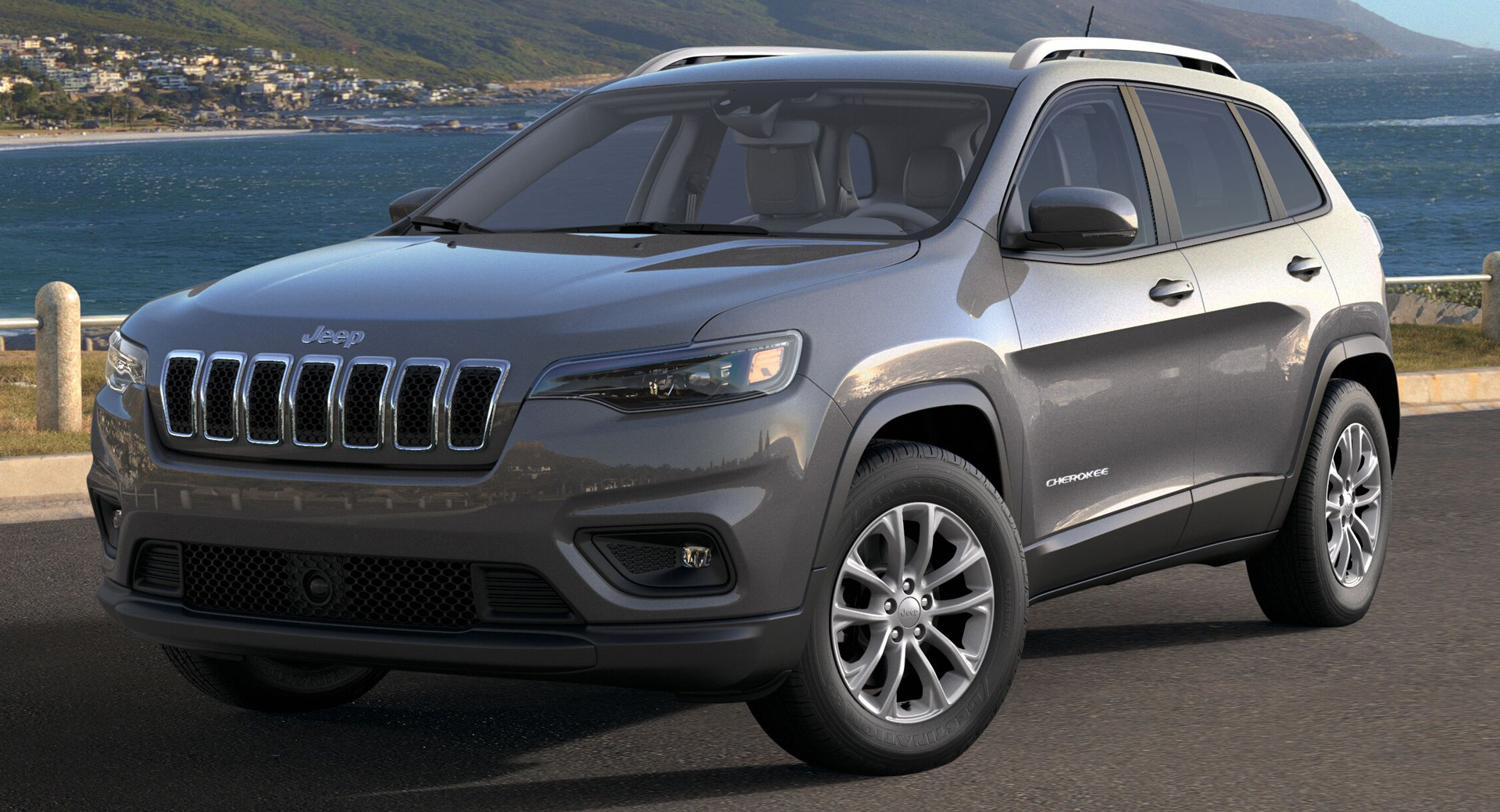
Key Compatibility Notes:
- Never assume interchangeability between generations. A YJ frame will not fit a TJ body, nor will a JK frame fit a JL.
- Be precise about sub-models. While a standard TJ frame is similar to an LJ, the LJ’s extended length means you cannot simply bolt an LJ body onto a TJ frame without significant modification, and vice-versa. The same applies to JK vs. JKU frames.
- Minor variations can exist. Even within a single generation, minor differences might appear based on trim levels, engine options, or production years. Always cross-reference part numbers or detailed measurements.
Where to Find Jeep Wrangler Frames For Sale
Locating a suitable frame requires patience and thorough searching. Your options range from budget-friendly used frames to brand-new, aftermarket reproductions.
- Salvage Yards and Auto Recyclers:
- Pros: Often the most affordable option. You might find frames from low-mileage accident vehicles.
- Cons: Condition can be highly variable (rust, hidden damage). Transportation is a major logistical challenge. Inventory can be hit-or-miss.
- Online Marketplaces (Craigslist, Facebook Marketplace, eBay):
- Pros: Wide reach, potential for local finds, direct negotiation with sellers. Can sometimes uncover hidden gems.
- Cons: "Buyer beware" applies strongly. Pictures can be deceiving. Requires careful vetting of sellers and in-person inspection. Shipping is rarely offered.
- Specialty Jeep Parts Dealers and Restoration Shops:
- Pros: Higher quality, often pre-inspected frames. Some may offer rust-free frames imported from drier climates. More reliable sourcing.
- Cons: Generally more expensive. Inventory might be limited to specific generations.
- Aftermarket Frame Manufacturers:
- Pros: Brand new, rust-free, often with improvements over original designs (e.g., thicker steel in critical areas). Perfect for high-end restorations or custom builds where perfection is desired.
- Cons: The most expensive option by far. Primarily available for older generations (YJ, TJ) and less common for newer JK/JL models due to complexity and lower demand for new bare frames. Examples include frames from companies like Quadratec (for specific models) or specialized fabricators.
- Jeep Forums and Enthusiast Groups:
- Pros: Connects you directly with other Jeepers. Knowledgeable sellers, potential for fair deals. Can sometimes find frames from ongoing projects or parts vehicles.
- Cons: Limited to members, may require trust building, and still subject to in-person inspection.
What to Look For When Inspecting a Jeep Wrangler Frame
A thorough inspection is non-negotiable. A compromised frame is a safety hazard and a costly mistake. Bring a flashlight, a magnet, and a straight edge.
- Rust:
- Surface Rust: Common and generally manageable with wire brushing and rust encapsulator.
- Structural Rust: This is the deal-breaker. Look for flaking, bubbling, perforations (holes), or areas where the metal feels thin or soft when probed. Pay special attention to common rust spots:
- Body mounts (especially under the doors and rear cargo area)
- Control arm mounts (upper and lower, front and rear)
- Skid plate mounting points
- Rear crossmember and bumper mounts
- Around spring perches (for TJ/JK/JL)
- Inside the frame rails (use a borescope if possible)
- Damage and Bends:
- Twisting/Kinks: Look down the length of the frame rails from both ends. Are they straight? Any sudden changes in direction?
- Impact Damage: Inspect areas around the front and rear bumpers, steering box mount, and suspension mounts for signs of impact, crumpling, or repair.
- Uneven Gaps: Check where components would mount. Are holes oblong or torn?
- Use a Straight Edge: Lay a straight edge along the frame rails to identify subtle bends.
- Cracks:
- Inspect all welds, especially around suspension mounting points, steering box mounts, and crossmembers. Cracks often originate from stress concentrations.
- Look for hairline cracks in the metal itself, particularly near drilled holes or sharp corners.
- Previous Repairs:
- Look for signs of amateur welding, patch plates, or excessive grinding. Poorly executed repairs can weaken the frame significantly.
- Are welds clean, consistent, and full penetration? Or are they lumpy, pitted, or incomplete?
- VIN Matching (if applicable): If the frame comes from a donor vehicle and has a VIN stamped on it, ensure it’s not from a stolen vehicle. For a bare frame that won’t carry the primary VIN of your new build, this is less critical, but still good practice.
- Completeness: Does the frame include all crossmembers, body mounts, and necessary brackets, or is it a truly bare rail setup? Missing components will add to your cost.
The Process of Replacing a Jeep Wrangler Frame
A frame swap is a monumental undertaking, not for the faint of heart or the poorly equipped. It requires significant space, specialized tools, and a high level of mechanical aptitude.
- Preparation and Documentation: Clear a large, level workspace. Acquire all necessary tools, including a lift or robust jack stands, engine hoist, transmission jack, and various hand tools. Document everything with photos and videos during disassembly – wiring, hose routing, bolt locations. Label every component.
- Disassembly: This is the most time-consuming part.
- Body Removal: The body must be completely separated from the frame. This involves disconnecting all wiring harnesses, fuel lines, brake lines, steering column, and body mounts. A lift or multiple strong individuals/hoists are needed to safely lift the body.
- Drivetrain and Suspension Removal: Engine, transmission, transfer case, axles, driveshafts, suspension components (springs, shocks, control arms), steering box, and fuel tank all need to be disconnected and removed from the old frame.
- Frame Preparation:
- Inspection and Cleaning: Thoroughly clean the new frame, removing any dirt, grease, or loose rust. Re-inspect for any missed flaws.
- Rust Proofing and Painting: This is the ideal time to apply rust encapsulator, primer, and a durable topcoat to the entire frame, inside and out. Consider internal frame coatings.
- Reassembly: The reverse of disassembly. Meticulously transfer all components from the old frame to the new one.
- Install suspension, axles, and driveshafts first.
- Mount the engine, transmission, and transfer case.
- Reinstall fuel lines, brake lines, and wiring harnesses.
- Carefully lower and mount the body onto the new frame, ensuring all body mounts align and are properly torqued.
- Alignment and Testing: Once everything is reassembled, a professional alignment is crucial for proper handling and tire wear. Conduct thorough test drives, checking all systems (brakes, steering, lights, gauges). Check for leaks and unusual noises.
- Legal Considerations: If your state’s VIN is tied to the frame, you may need to follow specific procedures for frame replacement, potentially involving a state inspection or re-stamping the VIN. Research your local Department of Motor Vehicles (DMV) regulations.
Cost Considerations and Budgeting
The cost of a Jeep Wrangler frame extends far beyond the purchase price of the bare chassis.
- Frame Price:
- Used (Poor/Fair): $500 – $1,500 (May require significant rust repair or straightening)
- Used (Good/Excellent): $1,500 – $4,000 (Relatively rust-free, straight, ready for prep)
- Aftermarket New: $4,000 – $8,000+ (For YJ/TJ, less common for JK/JL)
- Shipping/Transport: Frames are large and heavy. Shipping across states can easily add $500 – $1,500+ depending on distance and carrier. Local pickup is often preferred.
- Associated Parts:
- New body mounts, suspension bushings, control arm bolts, and various nuts/bolts will likely be needed. ($200 – $1000+)
- Brake lines, fuel lines, wiring clips, and other small parts might need replacement or extension.
- Rust encapsulator, primer, paint, and internal frame coatings ($100 – $300+)
- Labor (if professional): A full frame swap by a reputable shop can range from $5,000 to $15,000+, depending on the complexity of the vehicle and the extent of work required.
- Tools: If you don’t have them, acquiring a proper lift, engine hoist, transmission jack, and specialized wrenches can be a significant investment.
Practical Advice and Actionable Insights
- Research Your Specific Model Year: Don’t generalize. Get detailed schematics and part numbers for your exact Jeep model and year.
- Inspect In-Person: Never buy a frame sight unseen if possible. If you can’t, hire a local mechanic or trusted individual to inspect it for you.
- "Measure Twice, Cut Once" (or in this case, "Inspect Thrice, Buy Once"): The time spent on initial inspection will save you countless hours and dollars down the road.
- Patience is Key: Finding the right frame in the right condition at a fair price takes time. Don’t rush into a purchase.
- Don’t Compromise on Integrity: A frame is the backbone. Do not settle for a damaged or severely rusted frame just to save a few dollars. It’s a safety component.
- Consider Professional Help: If you’re unsure about any aspect of the swap, especially critical steps like body removal or final alignment, consult or hire professionals.
- Document Everything: Photos and videos during disassembly are invaluable for reassembly, especially for wiring and hose routing.
Estimated Price Table for Jeep Wrangler Frames For Sale
Please note: These are estimated price ranges and can vary wildly based on location, seller, specific condition, and market demand. Always verify prices and inspect thoroughly.
| Frame Type | Condition | Estimated Price Range (USD) | Notes

